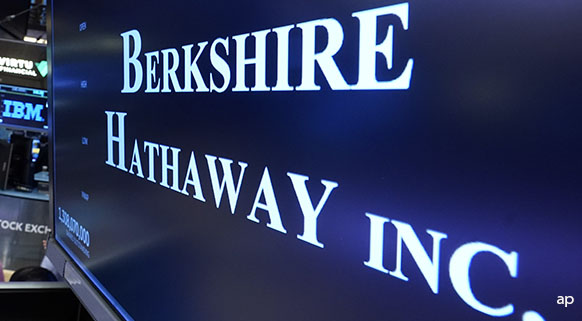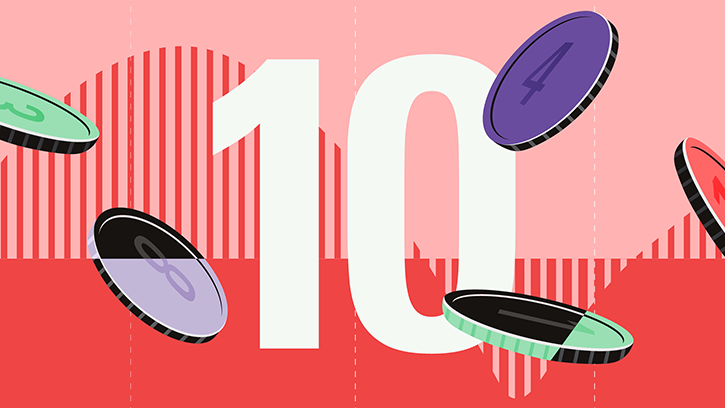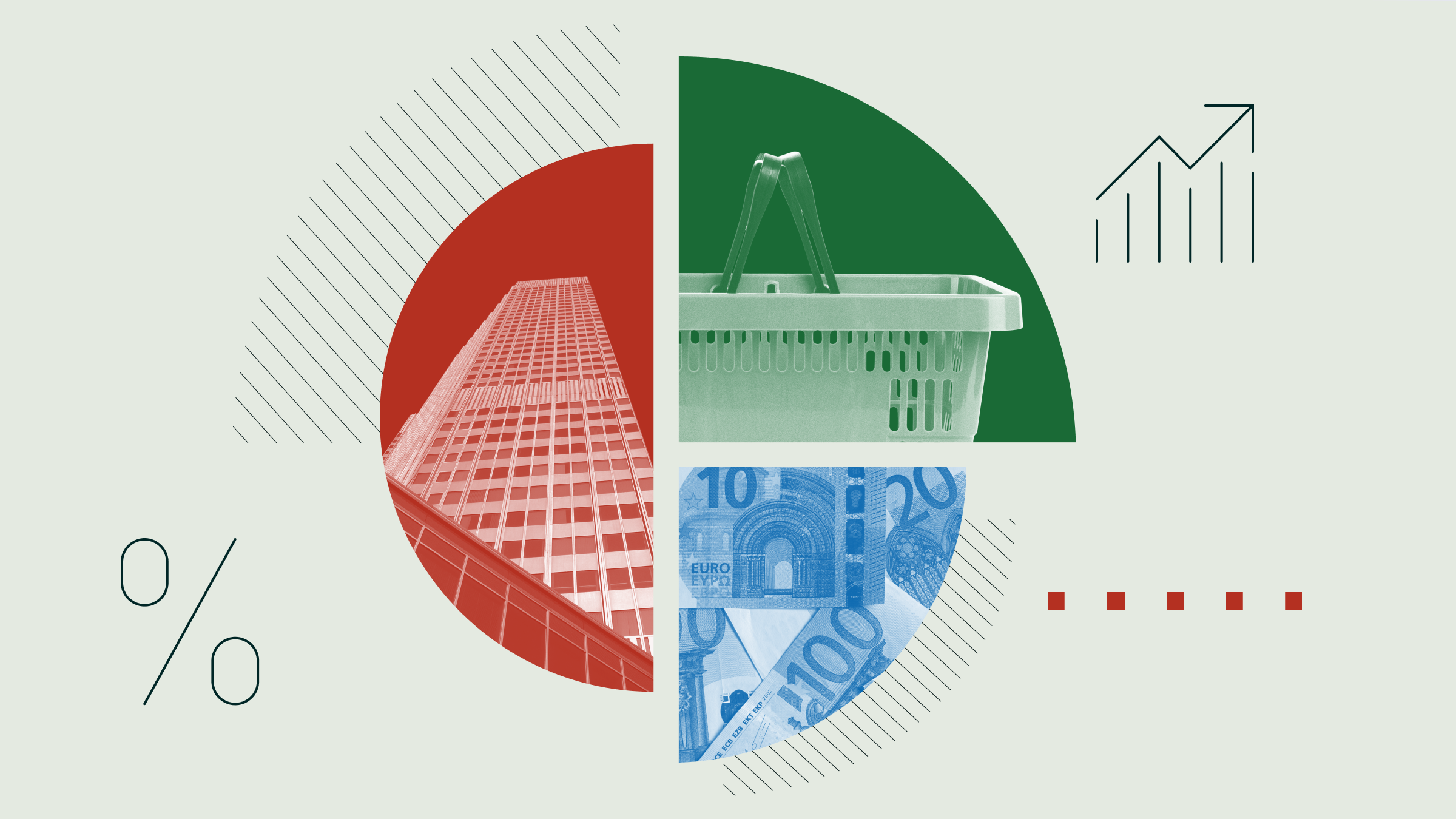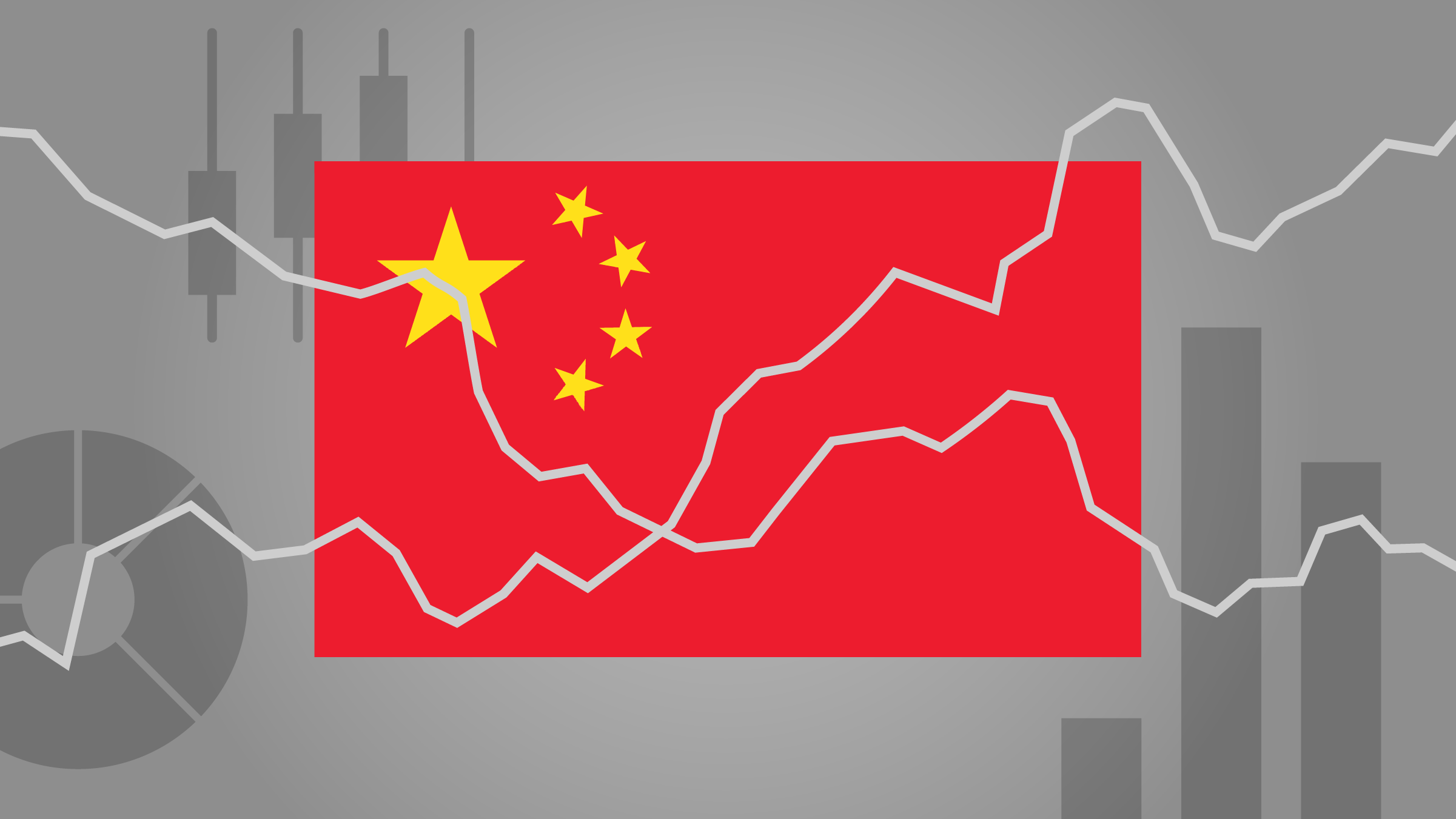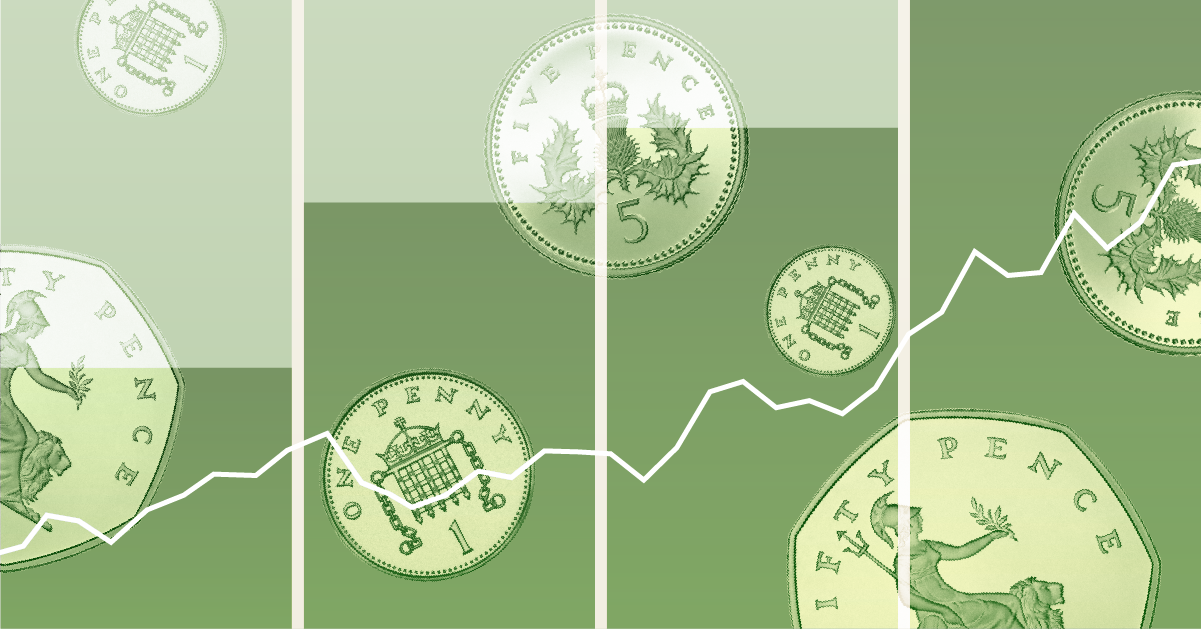
The July Consumer Price Index report showed the US annual inflation rate falling to its lowest level since March 2021, lending even more support to investor expectations that the Federal Reserve will cut interest rates at its upcoming September meeting.
The CPI rose 2.9% in July compared with a year ago and 0.2% compared with June, according to data released Wednesday by the Bureau of Labor Statistics. Those figures were largely in line with economist expectations. Core CPI, which excludes volatile food and energy prices, rose 3.2% on an annual basis and 0.2% on a monthly basis.
The tame reading continues a trend of several months of moderating inflation — a sign the inflationary pressures that prompted one of the most aggressive policy tightening cycles in history have finally eased.
“Today’s inflation data provides further support for aggressive Fed rate cuts beginning in September,” says Morningstar chief US economist Preston Caldwell. While he cautions that monthly inflation data can remain volatile, he says the risk of a larger economic contraction is beginning to outweigh the risk of another uptick in inflation.
Some analysts have already suggested that the Fed has waited too long to cut rates, pointing to rising unemployment and the risk of a recession. While that’s not Caldwell’s base case, he says a lingering economic downturn would help put the inflation problem to bed.
July CPI Report Key Stats
• CPI climbed 0.2% for the month after falling 0.1% in June
• Core CPI rose 0.2% after growing by 0.1% in June
• CPI increased 2.9% year on year after rising by 3.0% the prior month
• Core CPI climbed 3.2% from year-ago levels after increasing 3.3% in June
Used Car Prices Helping Lower Inflation
Prices in the core goods category fell 0.3% on a monthly basis in July, Caldwell says. That drop was largely driven by falling prices for new and used cars. He also points to falling apparel prices, which contributed to a 0.3% drop in nondurables prices for the month.
On the services side, Caldwell says a cooling labour market and slowing wage growth are beginning to impact prices. For example, restaurant inflation was 4.1% on an annual basis in July, compared with its peak of 8.8% in March 2023. “With wage growth having cooled off to around 4%, there’s room for inflation to fall further in areas like restaurants,” he adds.
Housing Inflation Still High
Housing inflation ticked up slightly to 0.38% in July from 0.23% in June. These shelter costs, which include rent and equivalent costs for homeowners, have been one of the biggest drivers of inflation over the past two years.
“In year over year terms, shelter inflation is 5%, and is solely responsible for core inflation remaining above the Fed’s 2% target,” Caldwell says. Without inflation, the Fed’s preferred measure of inflation would be on target at 2%, he explains.
Real-time data on shelter costs tend to show up with a lag in CPI data, which suggests that there’s more room for shelter inflation to fall in the coming months. “Leading-edge data on rents strongly indicates that shelter inflation should continue moderating,” Caldwell says.
Will the Fed Cut Rates in September?
Amid some evidence that the economy is slowing down, like a rising unemployment rate, markets are virtually certain the Fed will cut rates at its September meeting.
Bond futures traders see a 56.5% chance of a 0.25% reduction in the federal funds rate and a slightly smaller chance of a 0.50% reduction, according to the CME FedWatch Tool. Markets see a 43.20% chance that the target fed funds rate will fall between 4.25% and 4.50% at the end of 2024, a one percentage point reduction overall.
Caldwell’s base case for September is a 0.25% cut, which would bring the target federal funds rate to a range of 5.00%-5.25%. “While the rise in the unemployment rate is flashing alarm signs, other labour market indicators look more benign,” he says. “Not to mention, economic activity continues to expand at a solid pace for now, although we expect a deceleration over the next year.”
Over the longer term, Caldwell says, “optimal monetary policy calls for a hefty reduction in the federal-funds rate in short order.” Markets appear to agree, with traders anticipating a 2% reduction in the Fed’s target rate by the September 2025 meeting.








